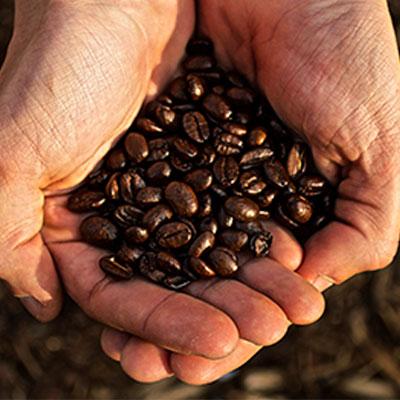The faster flow of shipments and the more positive outlook for Brazil’s 24/25 crop eases the global coffee supply. This ended up affecting the behavior of coffee prices, arabica in New York and robusta in London, which moved away from their highs toward a more negative trend. On ICE US, arabica moved away from the top of 200 cents and lost the level of 190 cents, converging toward the reference of 180 cents. In the case of robusta, the losses are smaller, but coffee is flirting with the level of USD 3,100 per ton on ICE Europe. In the short term, the market should remain vulnerable to financial volatility. The international financial radar keeps focused on the actions of the Fed, which has left doubts about the direction of the US monetary policy and the effective start of the cycle of cuts in the US interest rates.
The medium and long-term determinant of the coffee market must be production, especially the next Brazilian crop. Diverging short- and long-term readings justify the negative spread curve between maturities. Highlight on the negative trend of robusta in London, based on the expectation of a normal crop in Vietnam at the end of the year. The movements recently observed in futures prices may be an attempt to anticipate this rapprochement between these two realities, using the longer fundamental view with an adjustment bias.
The movement observed on commodities exchanges is reinforced by the behavior in the physical market, marked by increased selling interest. Growers assimilate the favorable price moment and begin to show up more on the selling side, seeking to avoid a possible future downward shift in prices. Proof of this are the weak differentials in the global FOB market, even with the negative adjustment in the futures benchmark, revealing greater flexibility on the part of sellers.
Colombian mild coffee Excelsior Epoca is pegged at 198.50 cents FOB port of Buenaventura, back again below the 200-cent line, after recently changing hands above 206 cents. The advancement of the Colombian 23/24 crop along with signs of improved supply in 2024 justify this change in grower behavior, resulting in a decline in prices. Brazilian coffee is showing some resistance due to the off-season. MTGB good cup (screen 14/16) is indicated at 174.50 cents, while fine cup 17/18 is around 181.50 cents FOB port of Santos. These prices are the reference for February 14.

